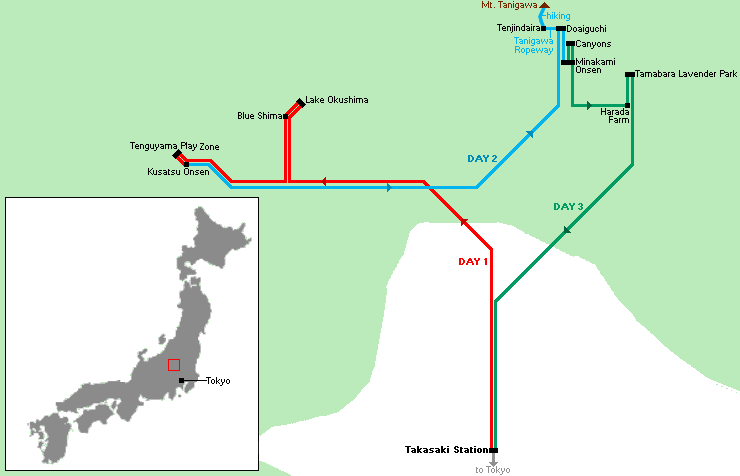Connecting with Nature in Japan’s Adventure Capital
Gunma Prefecture is nestled deep in Japan's interior to the northwest of the Tokyo metropolis, yet is reachable from the capital in less than an hour by shinkansen. A region not just representing an escape from the hustle and bustle of Tokyo's crowded streets, Gunma stands as Japan's adventure capital, offering a wide range of activities and attractions to outdoorsy types that range from gentle and relaxing to decidedly white-knuckle.
Although thrill seekers can get their fill here come winter when the area offers great skiing, snowboarding, snowshoeing and other snow activities, Gunma really stands out in summer when its mountains, rivers and lakes become an extensive outdoor playground. Bogged down in the heat of the summer, I couldn't wait to get up to nature so my 3-Day Gunma adventure could begin.
Day 1
After arriving at Takasaki Station, Gunma Prefecture's main transportation hub, I travelled by car to Okushima Lake to take part in a kayaking tour. The tours, which usually depart twice per day, last around 2.5 hours and cost 5000 yen.
In addition to being led to different parts of the beautiful lake (and even having the opportunity in one place to land for a short time), it was great to relax and paddle around the cool surface of the water.
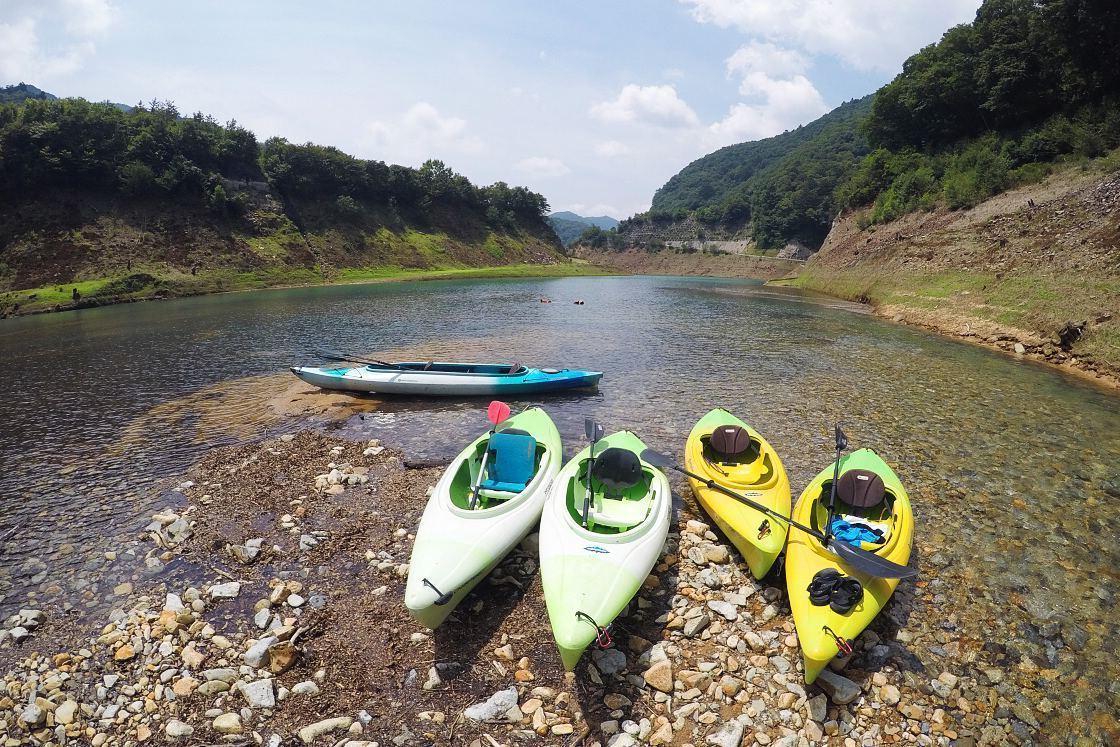
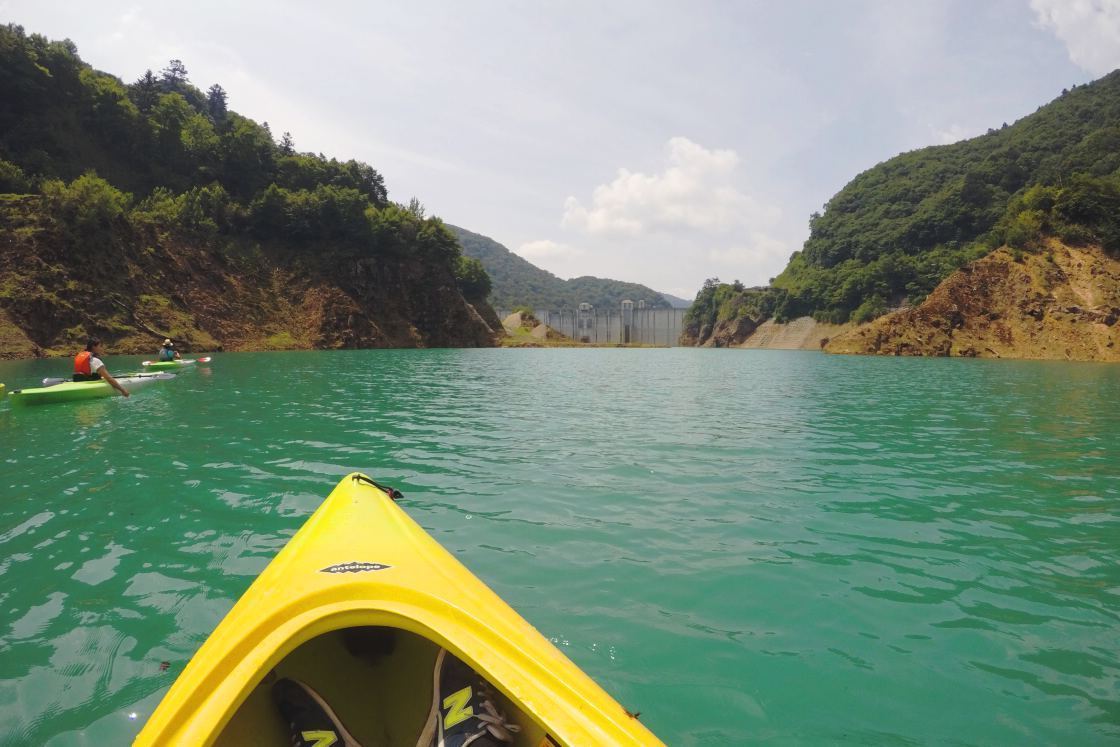
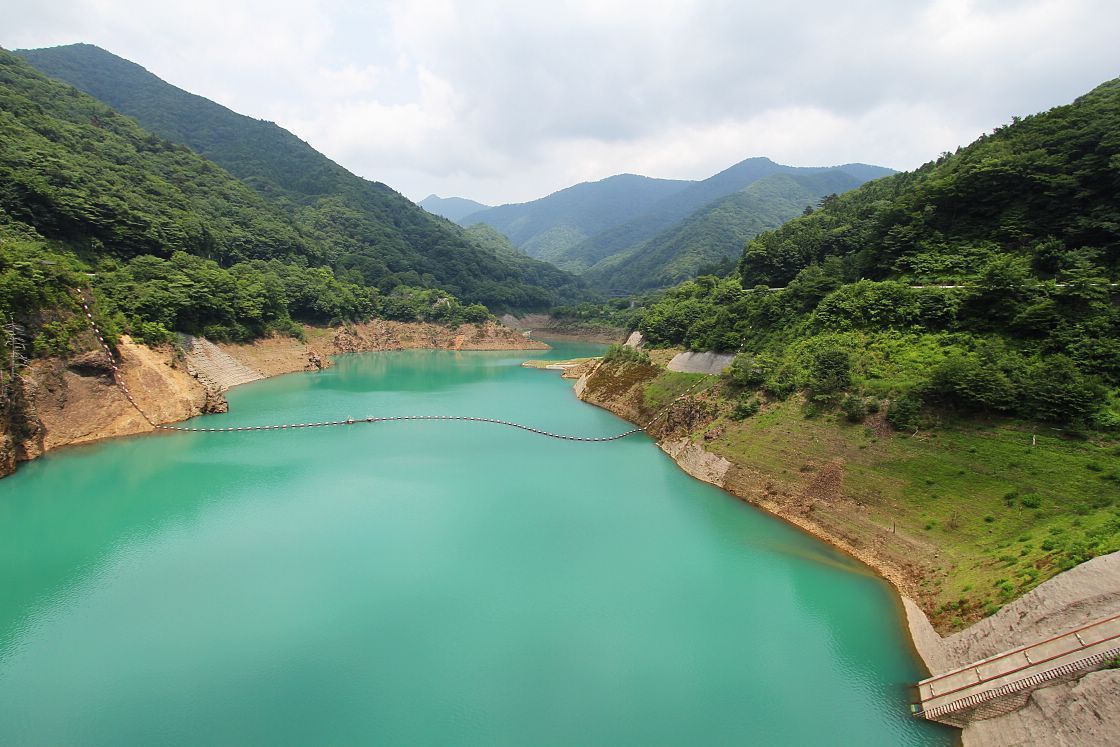
Before heading on to my next destination I thought it a good idea to get some food, and found the perfect place a short drive away from the lake at Shima Blue. The complex contains not only a stylish cafe serving delicious food, but also some of the most a-la-mode accommodation I've come across in these parts. In addition to various cabins, all of which have their own unique motifs, Shima Blue also offers onsen glamping ("glamorous camping"), in which patrons can stay in luxurious tent-type accommodation.
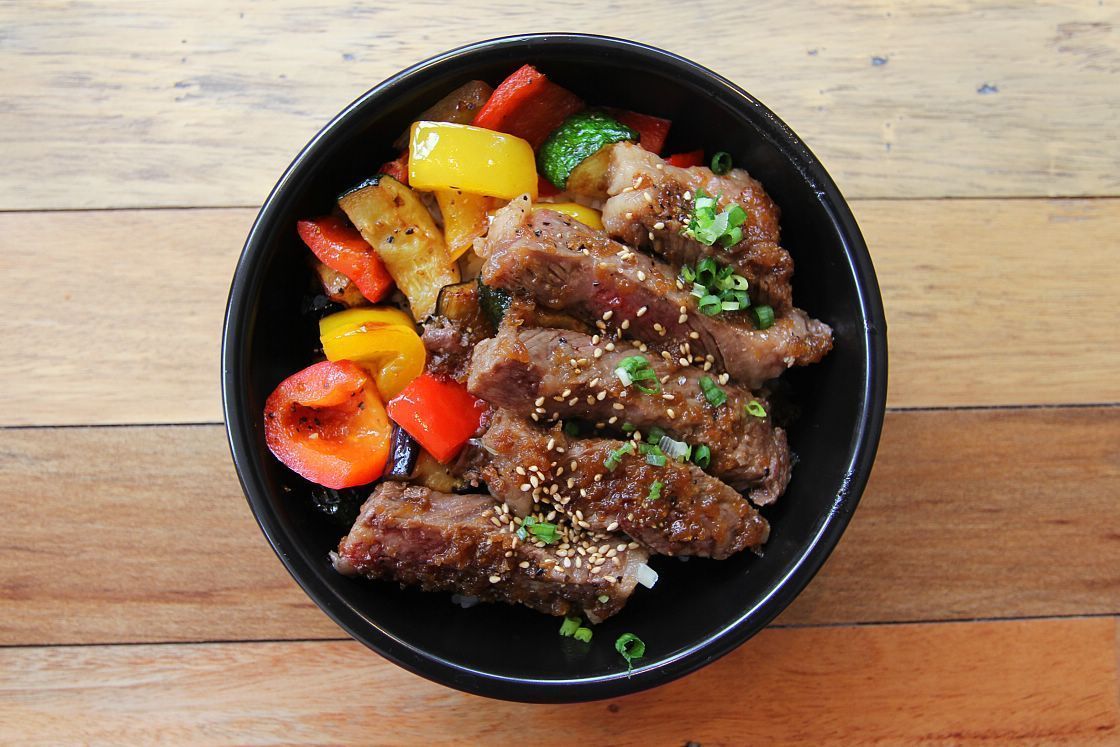
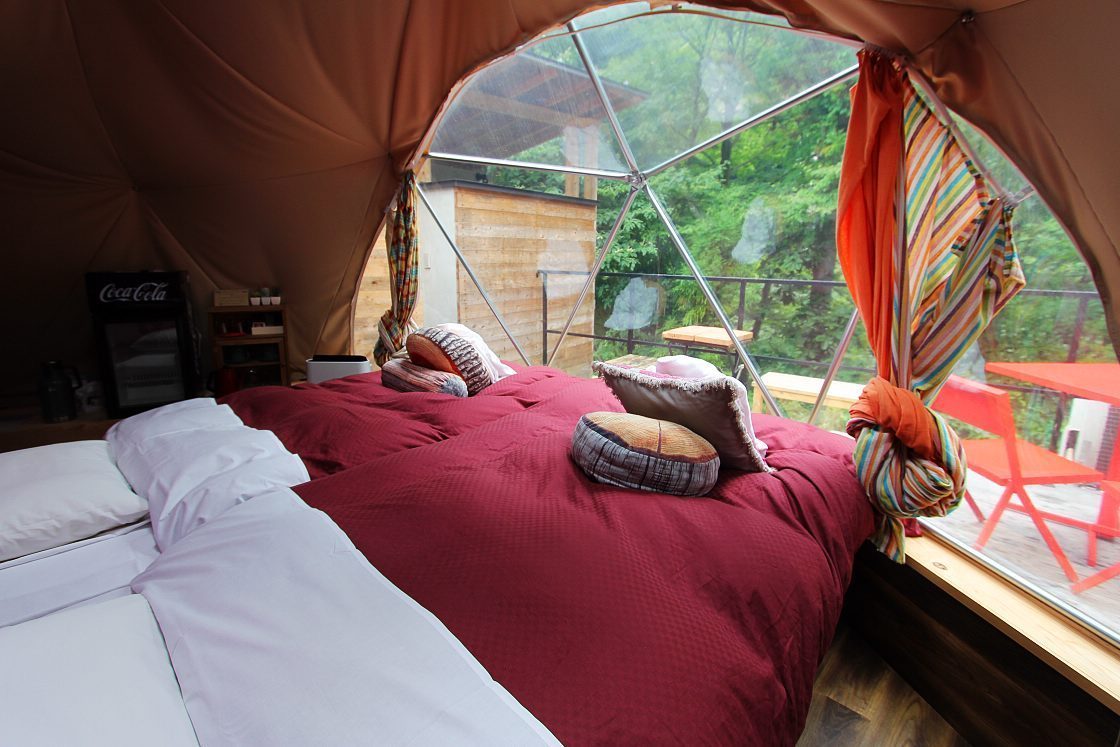
After lunch I drove over to Kusatsu Onsen, eastern Japan's most celebrated hot spring town, where I'd be staying the night. Upon arrival, it was time for something of a novel experience for me at the Tenguyama Play Zone, just a few minutes' drive from the main town area. This outdoor fun area serves as a ski resort come winter and offers summer visitors a range of activities, including mountain boarding, putting golf and bungee trampolining to name but a few.
Eager not to miss the chance to try my hand at some of the activities on offer, I strapped on a helmet and began my virgin mountain board descent. A fun place for all ages, I recommend here especially for outgoing families staying in the area.
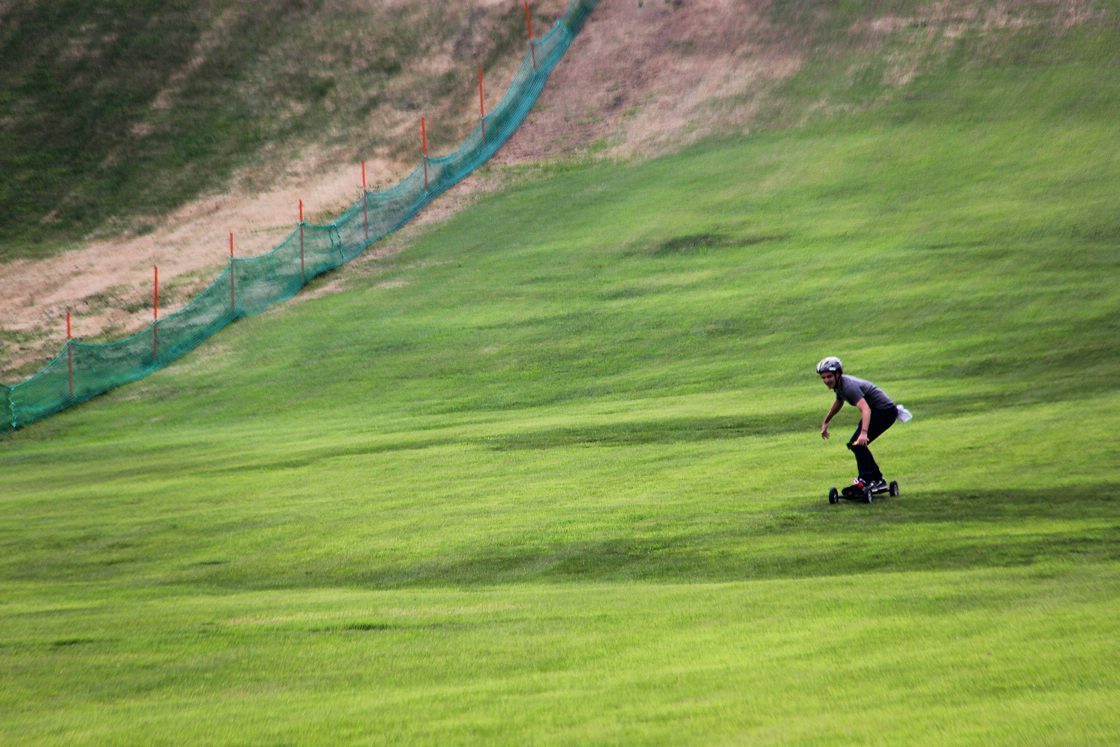

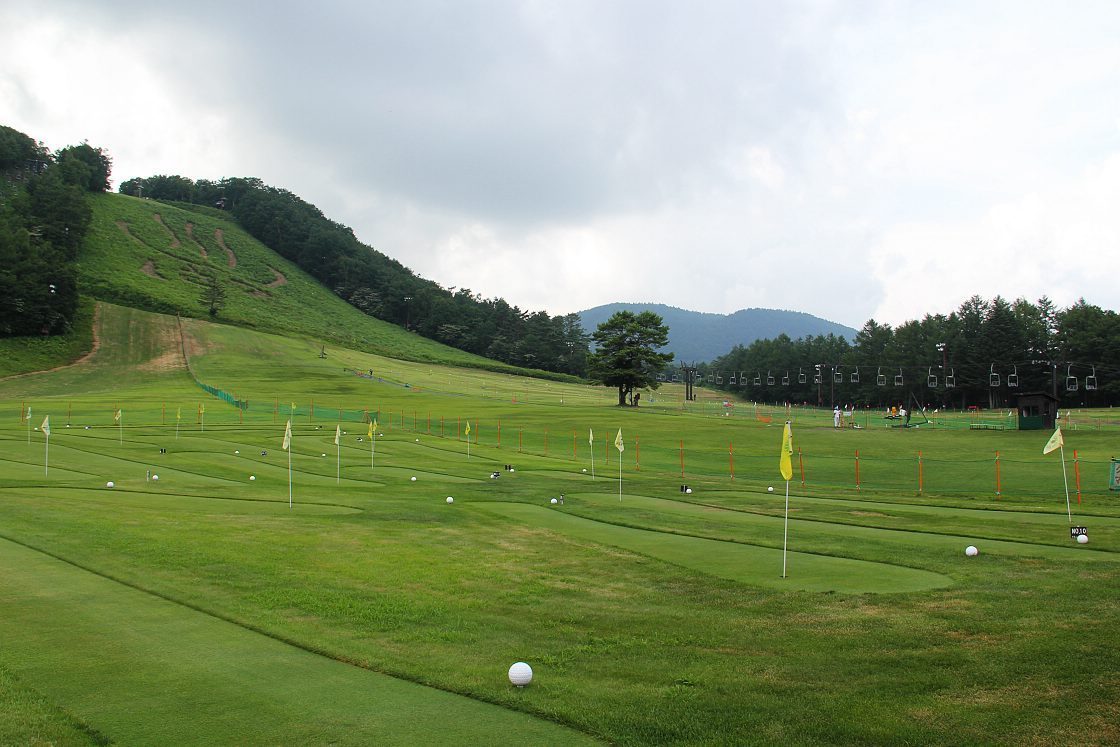
From here it was time to explore some of Kusatsu's highlights including Sainokawara Park and the town's focal point, the Yubatake. Literally meaning "hot water field", the Yubatake is one of Kusatsu's hot spring sources and I found this gem to really come into its own when the sun went down and the nightly illuminations began.
My fun-filled first day finally came to an end with a stay at Hotel Ichii in the heart of Kusatsu. Here I enjoyed not only a delicious dinner with dishes from various cuisines, but an enjoyable soak in the complex's impressive baths before bedding down in one of the traditional Japanese style rooms. An atmospheric lodging in a prime location right next to the Yubatake, I recommend the Hotel Ichii as a great option for those planning on staying the night in Kusatsu Onsen.
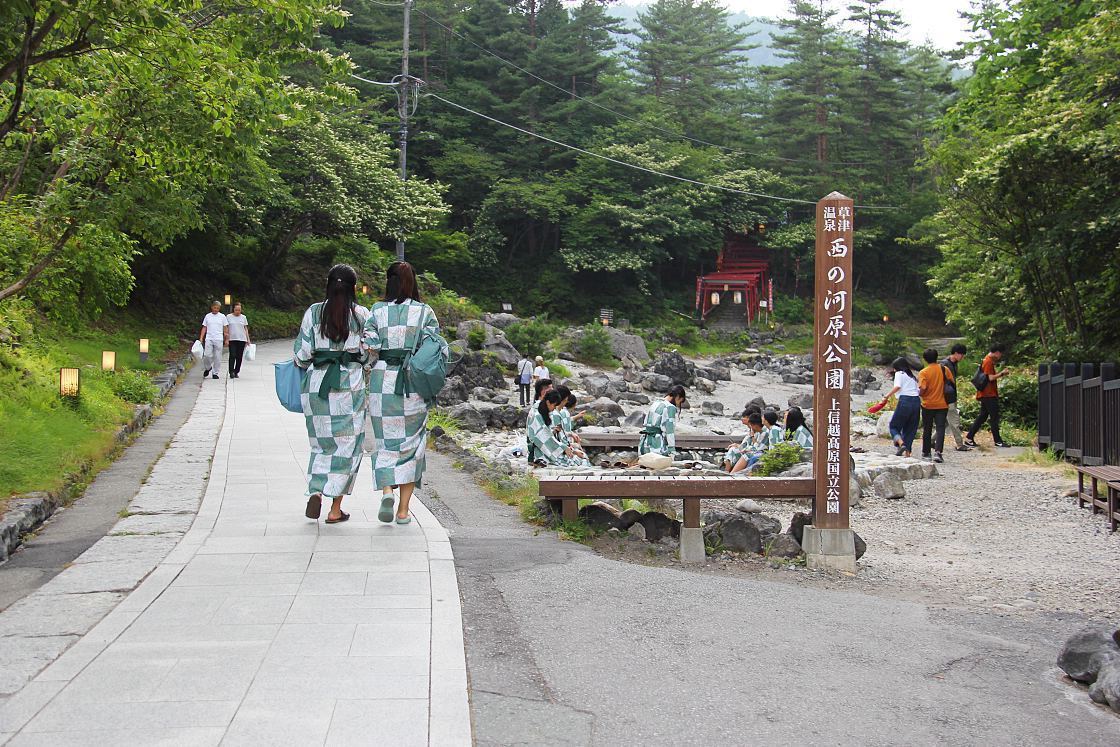

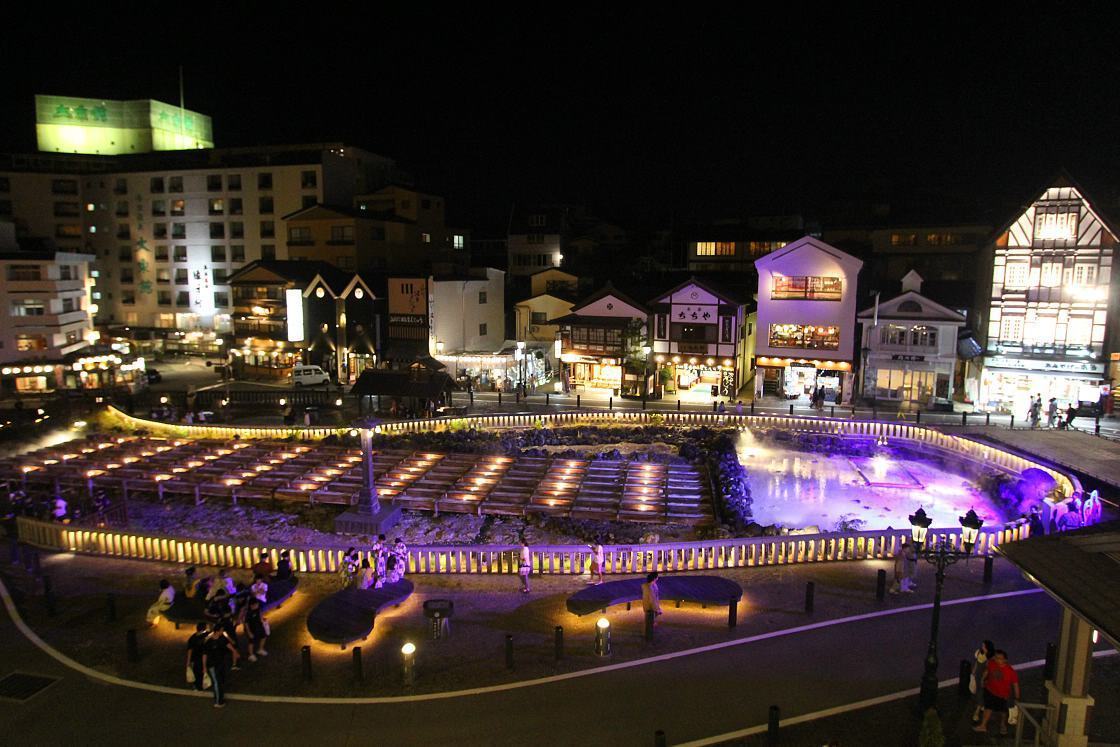
Day 2
After a good night's sleep induced no-doubt by the clean mountain air, I arose on the second of my three-day adventure tour and made my way to the northern edge of Gunma and to one of the area's most iconic natural features, Mount Tanigawadake. This mountain, that straddles Gunma and Niigata prefectures, stands at 1977 meters tall and makes for a popular hiking spot from July to November. I took the Tanigawadake Ropeway half way up the mountain and then made the approximately 2.5 hour trek to the summit.
Although a little challenging at times and with some steep, uneven sections that make scrambling necessary, the hike was pleasant and offered some breathtaking views towards the higher peaks. A great way to see Gunma Prefecture at arguably its most striking and get a great work out while doing so, I highly recommend the hike to those finding themselves in northern Gunma.
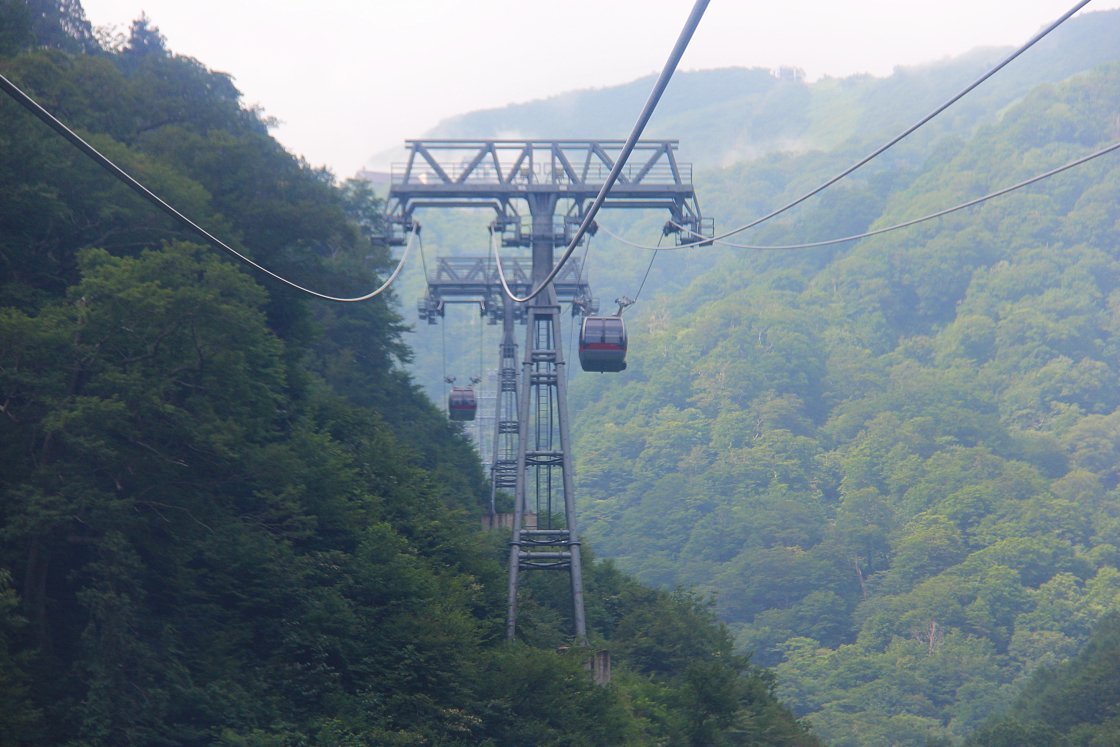
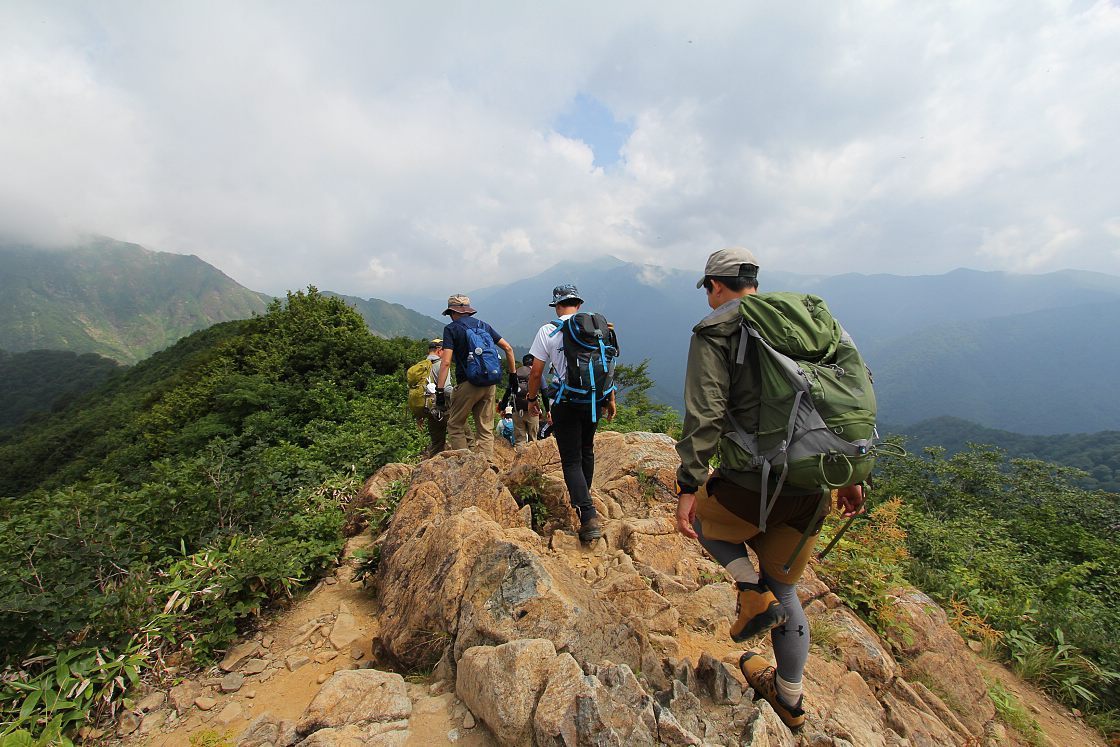
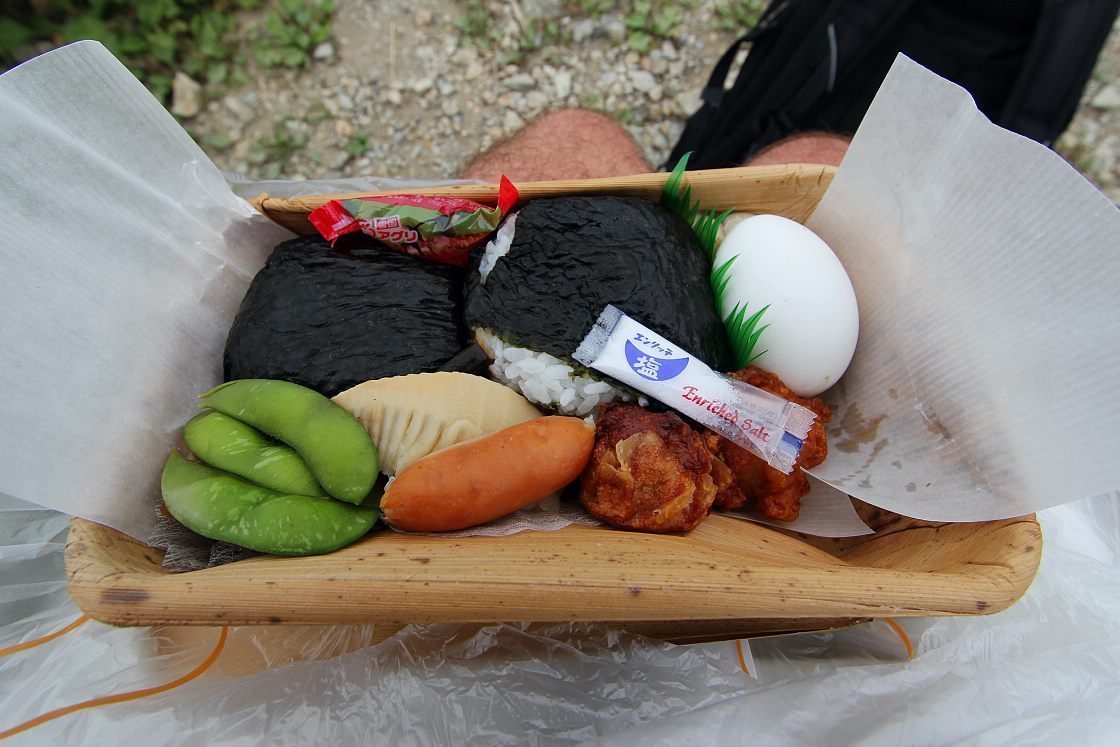
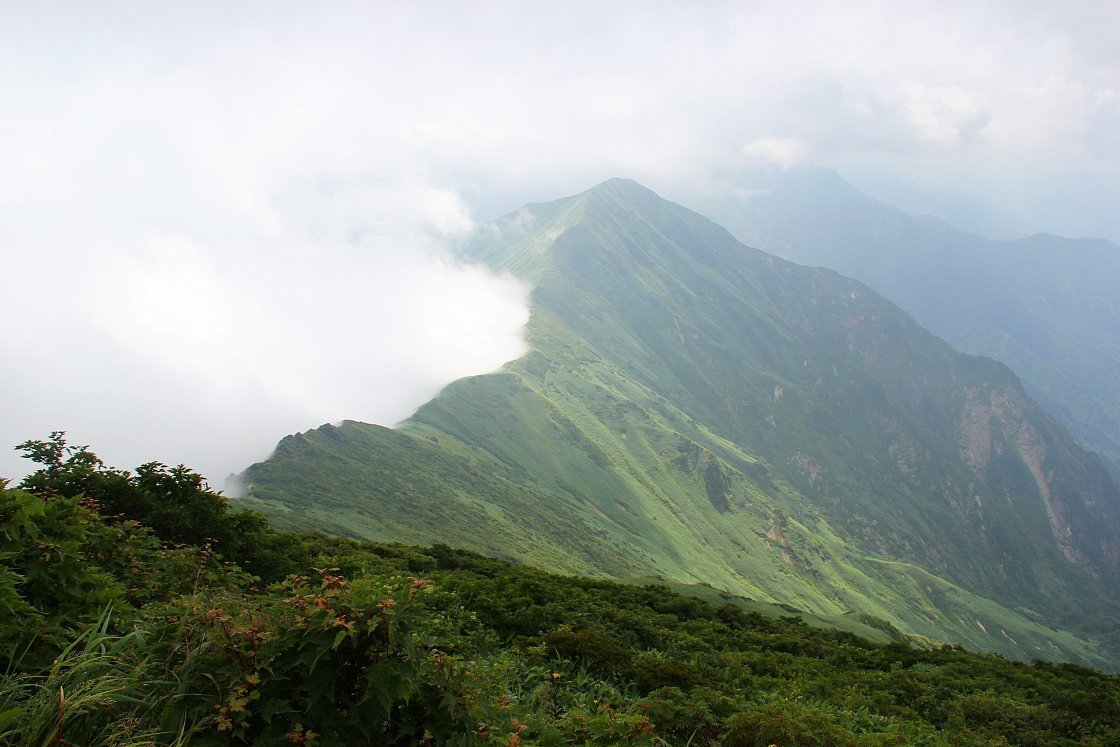
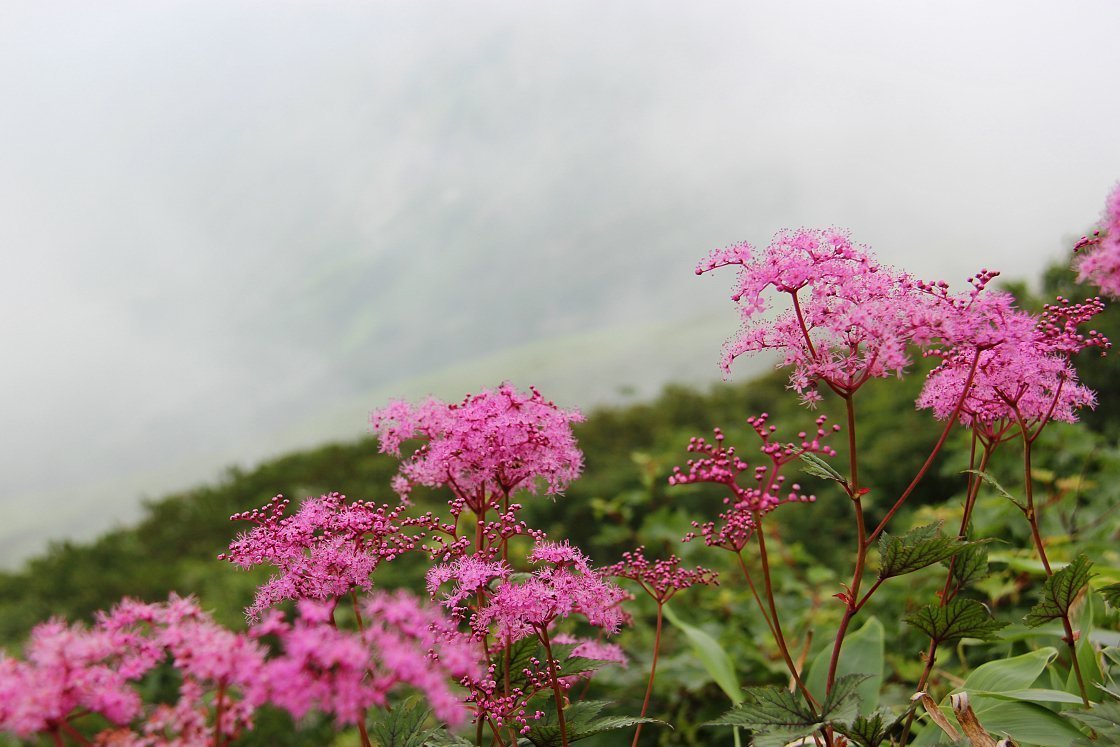
After a day of mountain climbing, I was pleased to arrive in Minakami Onsen and at the Hotel Matsunoi where I'd be spending the final night of my adventure. Following a long soak in the hotel's impressive outdoor bath, it was time to get to bed ahead of what promised to be yet another fun-filled day.
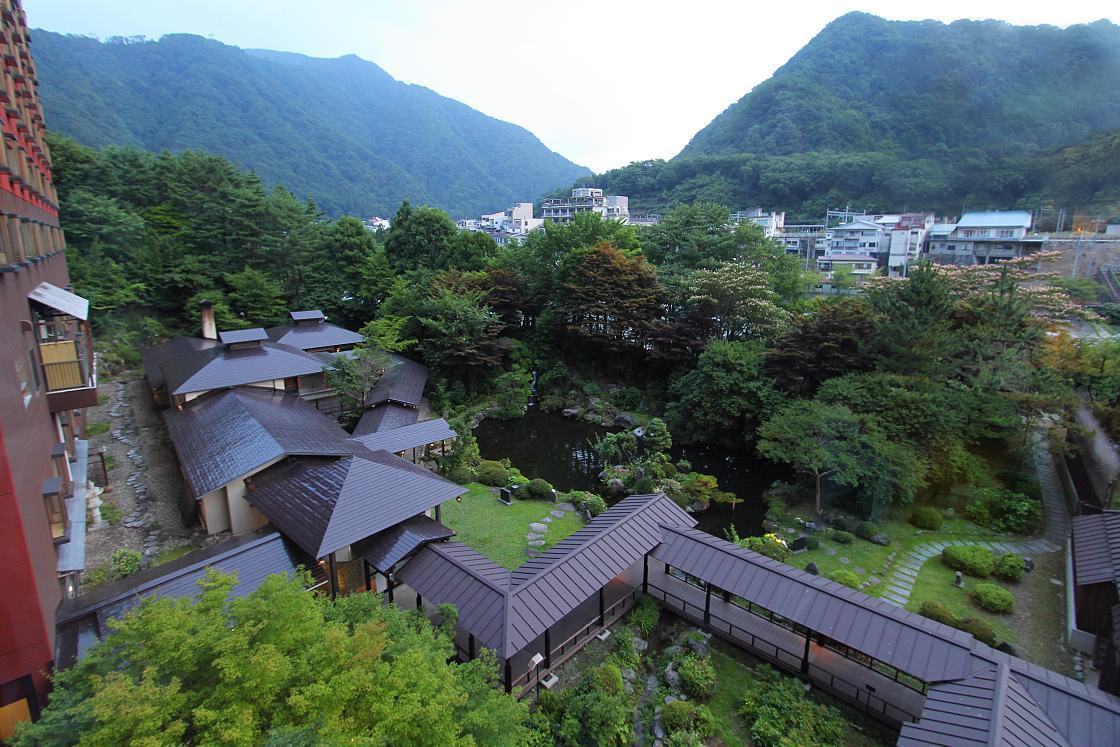
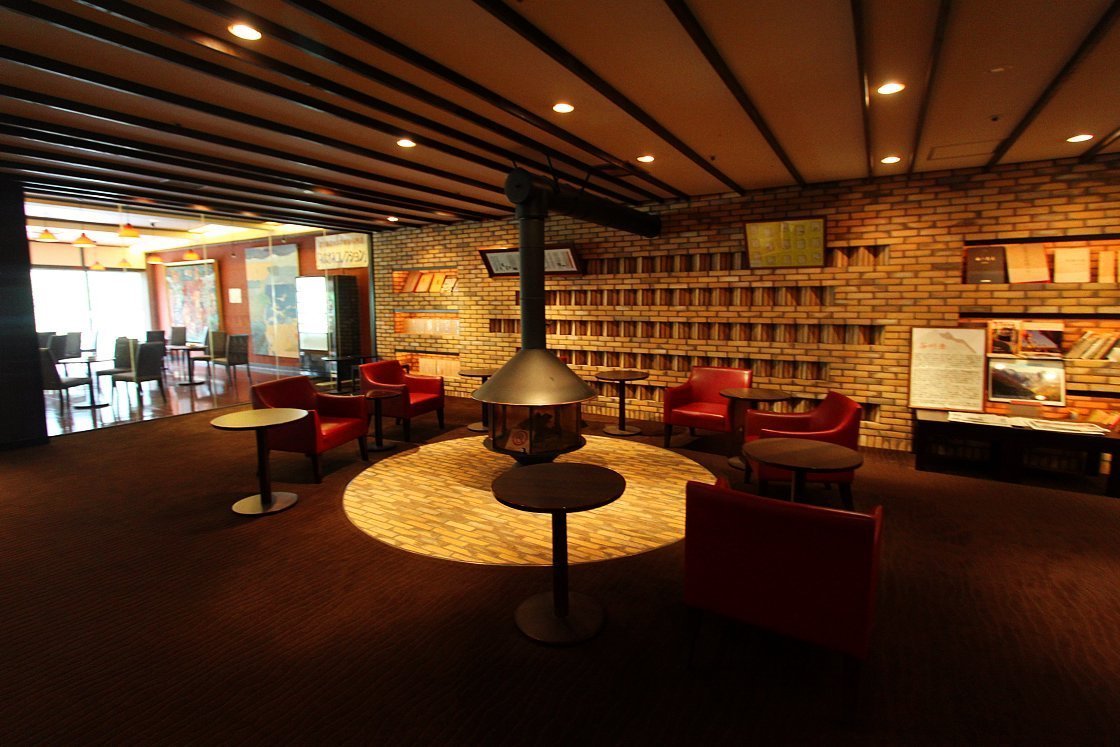
Day 3
I began the third and final day of my Gunma adventure with a short drive to partake in what would turn out to be one of the most exhilarating experiences I'd had in a while: canyoning. For those who are unsure, canyoning is the sport of traversing a canyon by numerous means including but not limited to sliding, swimming, climbing and jumping. I chose to go with Minakami-based company Canyons for my first canyoning experience, an outfit with both Japanese and native, English-speaking staff. I loved every second of sliding down boulders and waterfalls, swimming through the crystal-clear river water and scrambling along the rocky contours of the canyon.
Canyoning aside, the company also offers a variety of different outdoor activities, including rafting and canoeing, and partaking in any of these comes high on my recommendation list for thrill seekers willing to get wet!
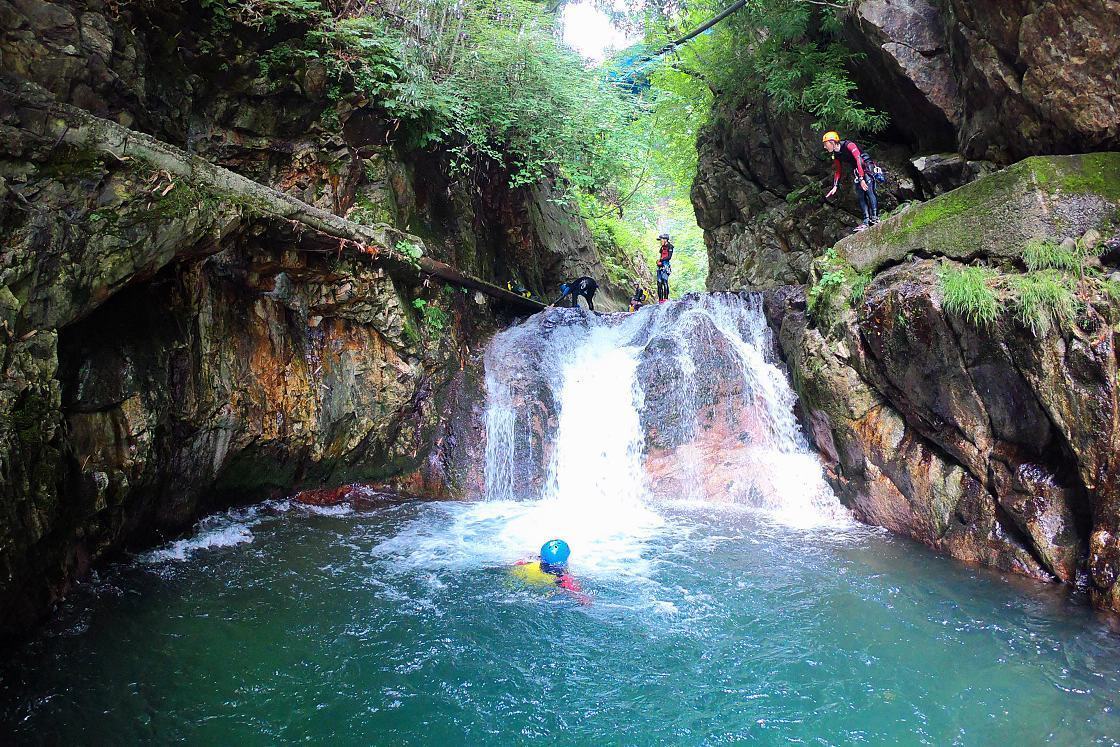

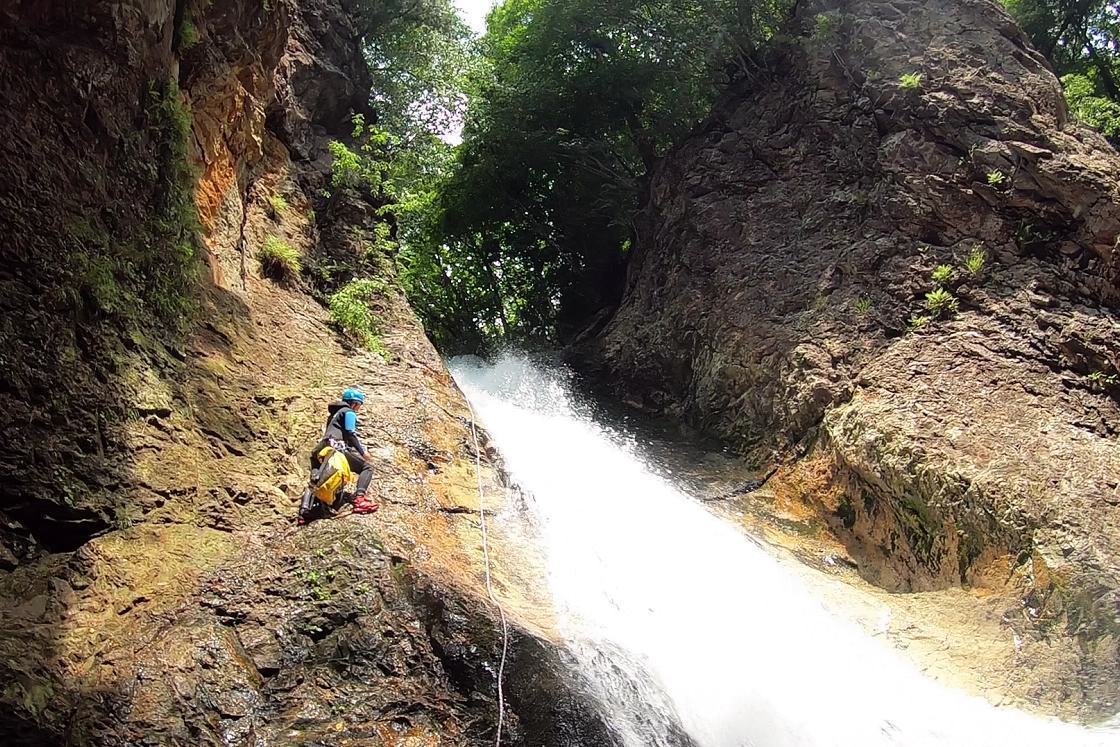
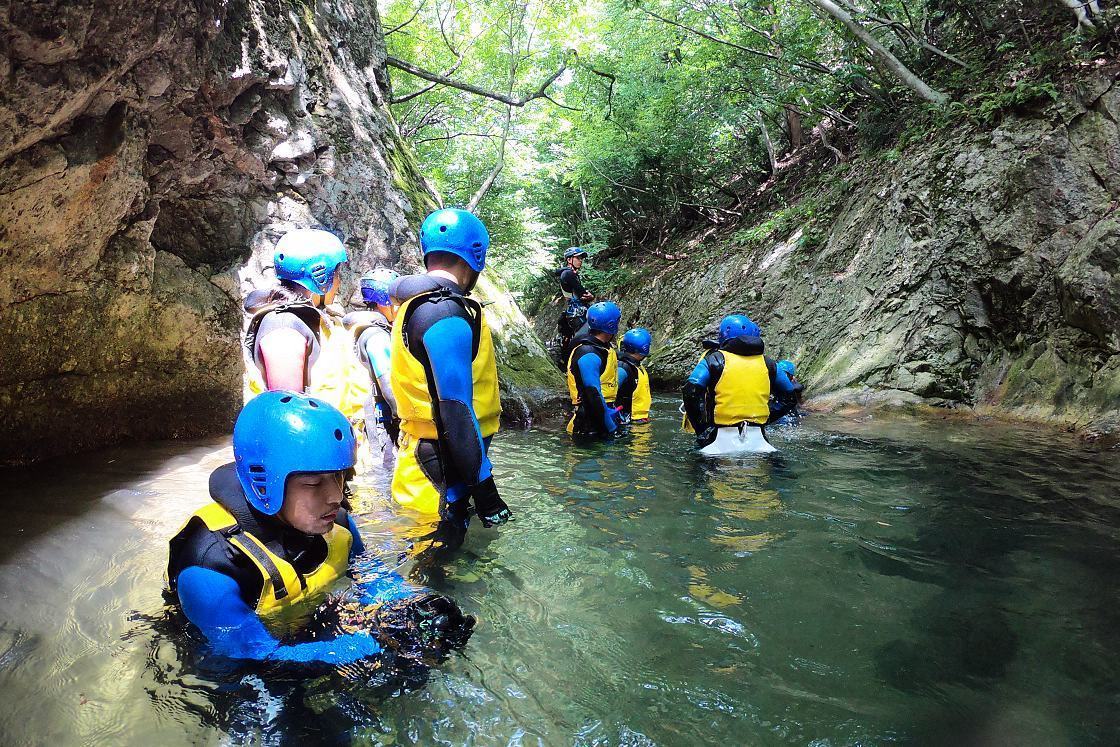
After a thrilling morning in pristine nature I made my way to the penultimate spot on my tour, Harada Farm in Numata City, and sat down for a deeply satisfying lunch which included eggplant tempura, salad, vegetables and rice.
With a full stomach it was then time to partake in one of the farm's most popular activities come this time of year, peach picking. Available from mid July to early September, peach picking costs 800 yen, for which pickers can indulge in three peaches, taking home two of them. Not only did freshly picked peach make for an indulgent dessert, but also a sweet souvenir to take away with me. Note that various other fruit picking experiences are offered at Harada Farm year-round.
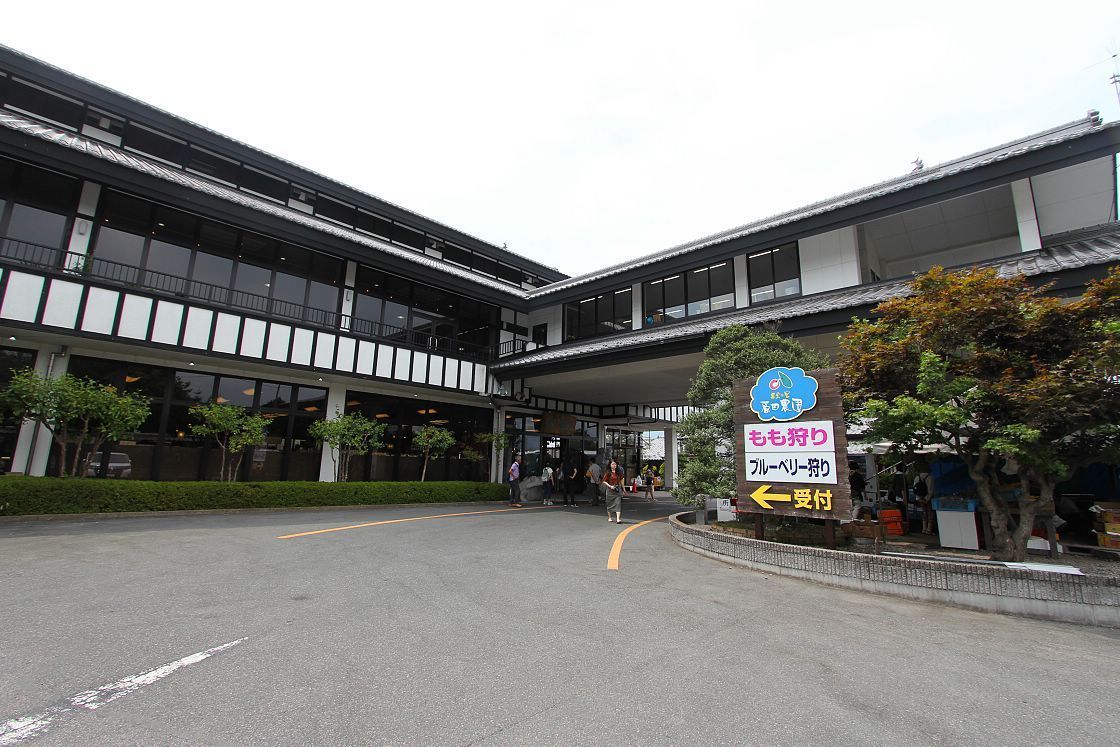

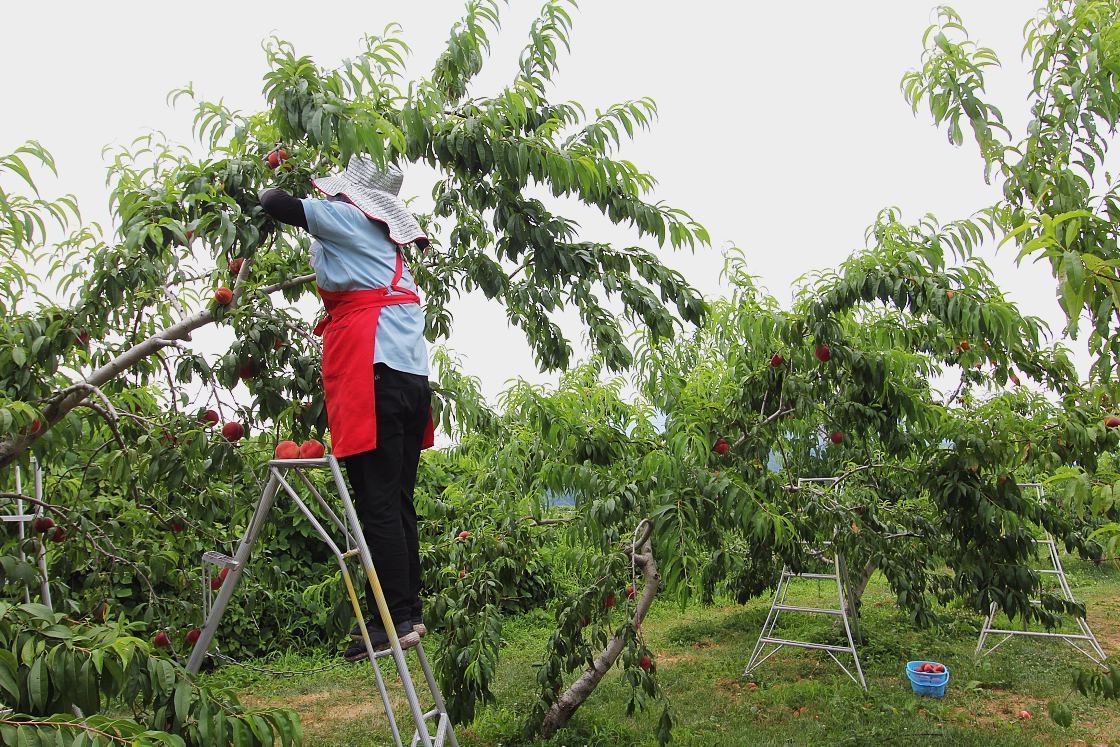
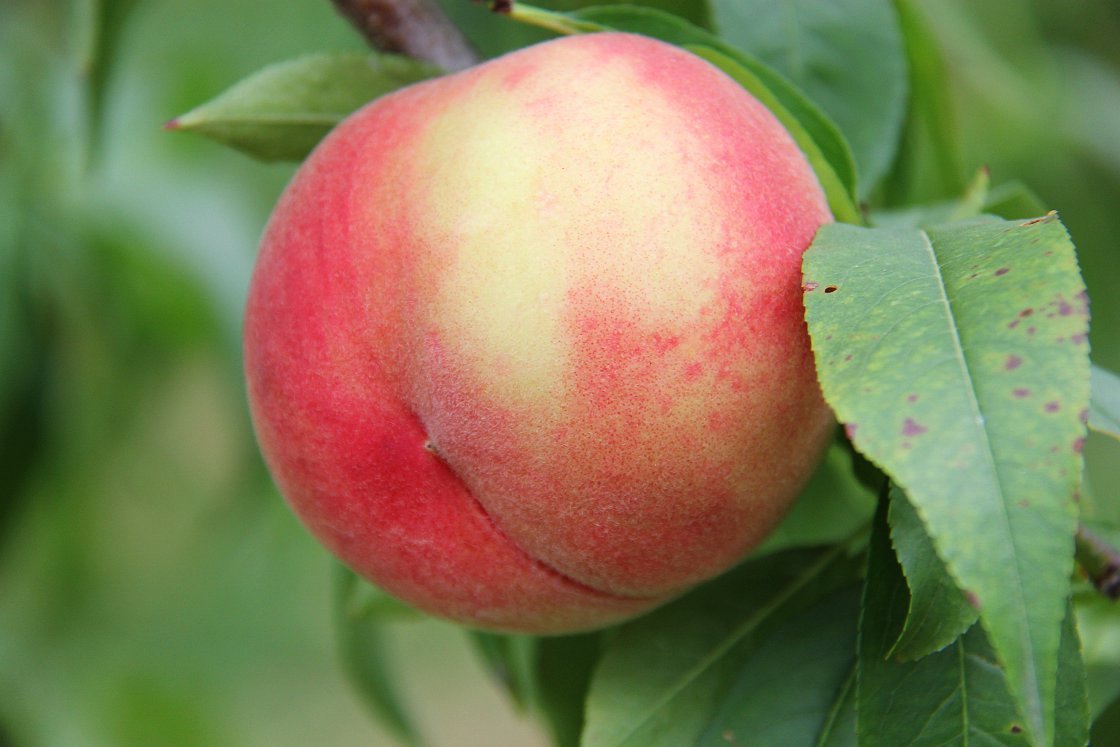
The final stop of my tour around this breathtaking part of the country was at Tambara Lavender Park. At an elevation of 1300 meters, the park boasts 100 different types of flowers and is especially known for its lavender fields that turn the hillsides a vibrant purple around July to September. Taking in some stunning floral displays proved the ideal way to end this great trip as it was time to make the drive back to Takasaki Station.


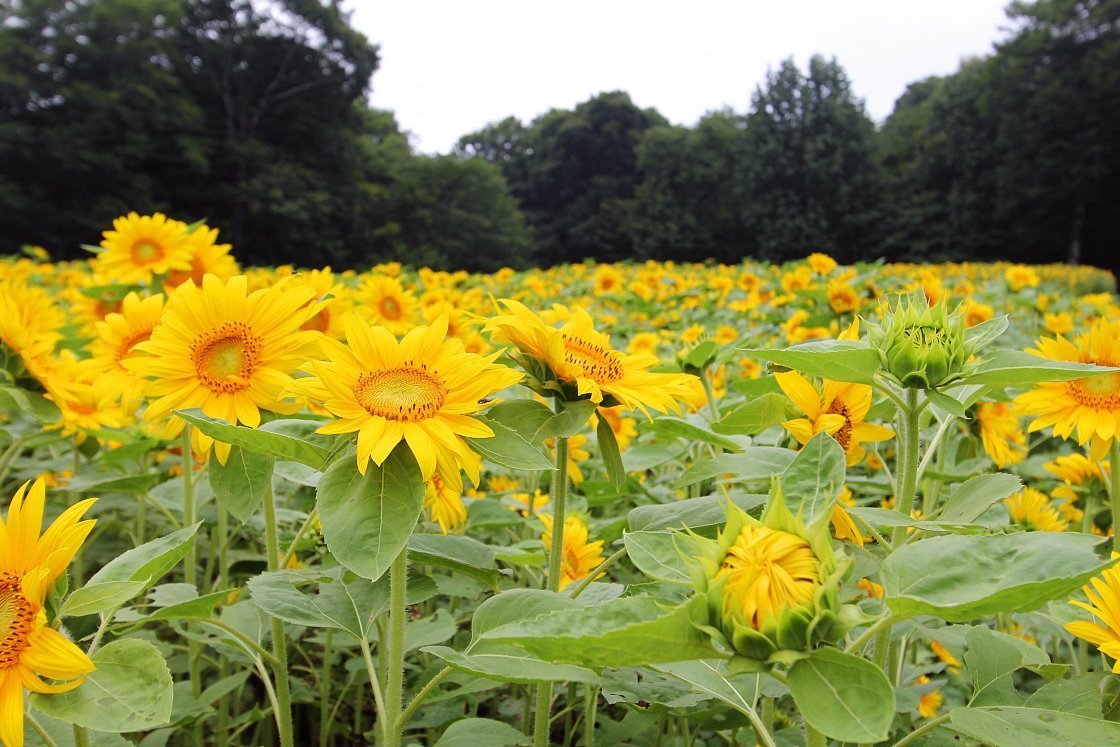
Access
From Tokyo
Takasaki Station is the main transport hub in Gunma Prefecture and can be reached from Tokyo via the Joetsu Shinkansen (50 minutes, around 5000 yen one way) or local trains along the JR Takasaki Line (2 hours, around 2000 yen one way).
From Narita Airport
Direct highway buses connect Narita Airport with Takasaki Station, the main transport hub in Gunma Prefecture. The one way ride takes around three hours and costs 4650 yen. By train, the journey requires a transfer in Tokyo. By fast and expensive trains, the journey takes about two hours and costs around 7000 yen, while it can cost as little as 2970 yen and takes around 3.5 hours by slower trains.
How to get around
Beyond Takasaki, public transportation is decidedly less frequent and convenient. For our itinerary, a rental car is by far the easiest way to get around. There are multiple rental car outlets located around Takasaki Station.
